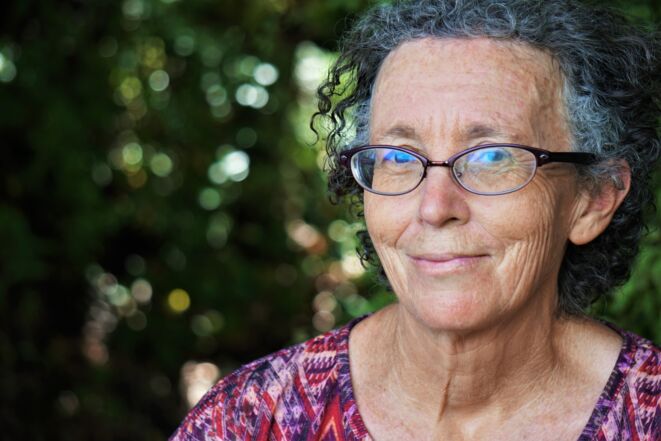A restraint-free restraint policy for your seniors

Preventing seniors from falling: a residential care centre can have the best intentions with its restraint policy. But are restraints really the right solution? Is it impossible to reconcile safety, freedom and feasible care? Residential care centres appear to be increasingly convinced that this is indeed possible. After all, there are many other methods for preventing accidents in cases of wandering around and agitation. Moreover ….
Restraints increase the chance of falling
Naturally, a restraint policy doesn’t always entail that the elderly are literally tied down. During the day, a fixed tray table might prevent them from getting up during a meal. Or they are seated in a reclining chair that one cannot get out without assistance. At night they might also sleep in a sleeping bag, so that they cannot so easily get up and wander about.
The underlying reasons for such restraint measures are not illegitimate per se. Perhaps a residential care centre uses a restraint policy for elderly people with dementia who are highly agitated because of their illness. Who roam the hallways at night, shouting and knocking on the doors of other residents ... and who run a serious risk of falling while wandering about freely like this.

But such a restraint policy actually increases the risk that the elderly will fall, because lying or sitting for extended periods reduces muscle strength, equilibrium and mobility. And increases frustration, irritation and restlessness. So restraint should remain a last resort.
Not only are many residential care centres convinced of this, but the Fall Prevention Expertise Center is as well. A freedom-limiting restraint policy has a big impact - including a mental one - on elderly people with dementia. What they need, in this world that they understand less and less, is not restraint, but security.

A restraint-free restraint policy: it´s possible!
To begin with, as a residential care centre you must draw up a clear restraint policy. Everyone who is involved in caring for the elderly must speak the same language and use the same definitions about what is entailed by freedom-restricting measures. Each caregiver must also understand what can and cannot be done, and when. The objective is a restraint policy where little to no restraint actually occurs.
After all, we´re firmly convinced that there are more than enough alternatives. Several small expedients can already do a great deal to keep the elderly safe. Think of hip protectors, which cushion a fall. Perhaps it is enough to put a mattress down on the floor next to the bed in order to keep an eventual fall from having serious consequences. Or what do you think of a knitted or crocheted fidget sleeve, which the elderly can wear around their arm and which gives them plenty of sensory stimuli, so they are less likely to pull out their IV?

If people become agitated at night, the question is: why? Their sleep-wake rhythm is disrupted, but they might also have a goal. Perhaps they want to communicate something, or they are experiencing a need? The same applies in the case of agitation during the day. Read more about wandering and runaway behaviour and technological solutions for it.
It always comes down to analysing why people behave the way they do, on the basis of their experience, and on that basis coming up with an alternative approach. In this way, the residential care centre can work out a different restraint policy, one with little to no actual restraint.
Reconciling safety, freedom and feasible care
Yes, these can be reconciled for a restraint policy where the elderly are actually restrained little to not at all. With the expedients against falling, by thinking from the perspective of the seniors´ life-world, and by creating the proper environment, in which elderly individuals with dementia can move freely and safely, while the provision of care remains feasible.
A living environment in which you eliminate the risks of falling as much as possible, starting with the route between bed and bathroom. And in which the advanced light management system of LynX® lifeline subtly darkens unsafe zones and puts extra light on the path to safe rooms, living space and nursing station, so that people are intuitively drawn in that direction.

Moreover, LynX® lifeline also forms part of the alarm and communication platform LynX® connect. Seniors wear a bracelet making it possible to locate and follow them throughout the building, via Bluetooth in the light fittings of LynX® lifeline.
Or to lock certain doors in the direction of unsafe environments when the residents approach them. Whether or not according to personalised rules. Does something nevertheless happen to the older person and the bracelet sends out an alarm? Then AI will first analyse the transmitted data in order to verify whether the person is truly in need of assistance. In that case, an alert is sent to the mobile device of the proper caregiver.
In this way, technology reconciles freedom, safety and feasible care. It creates an ideal environment where the residential care centre can implement a restraint policy for the elderly entailing little to no actual restraint.
